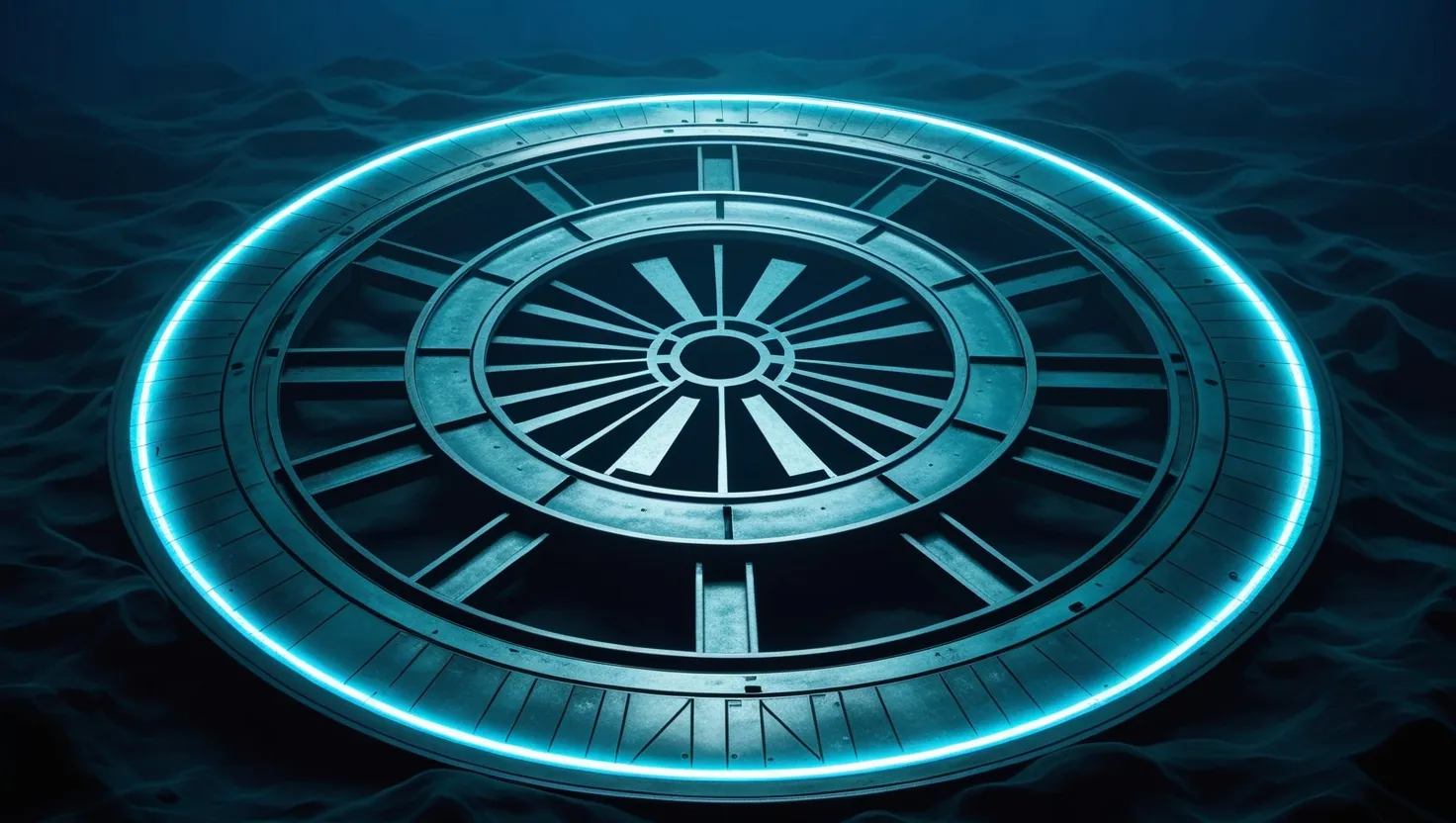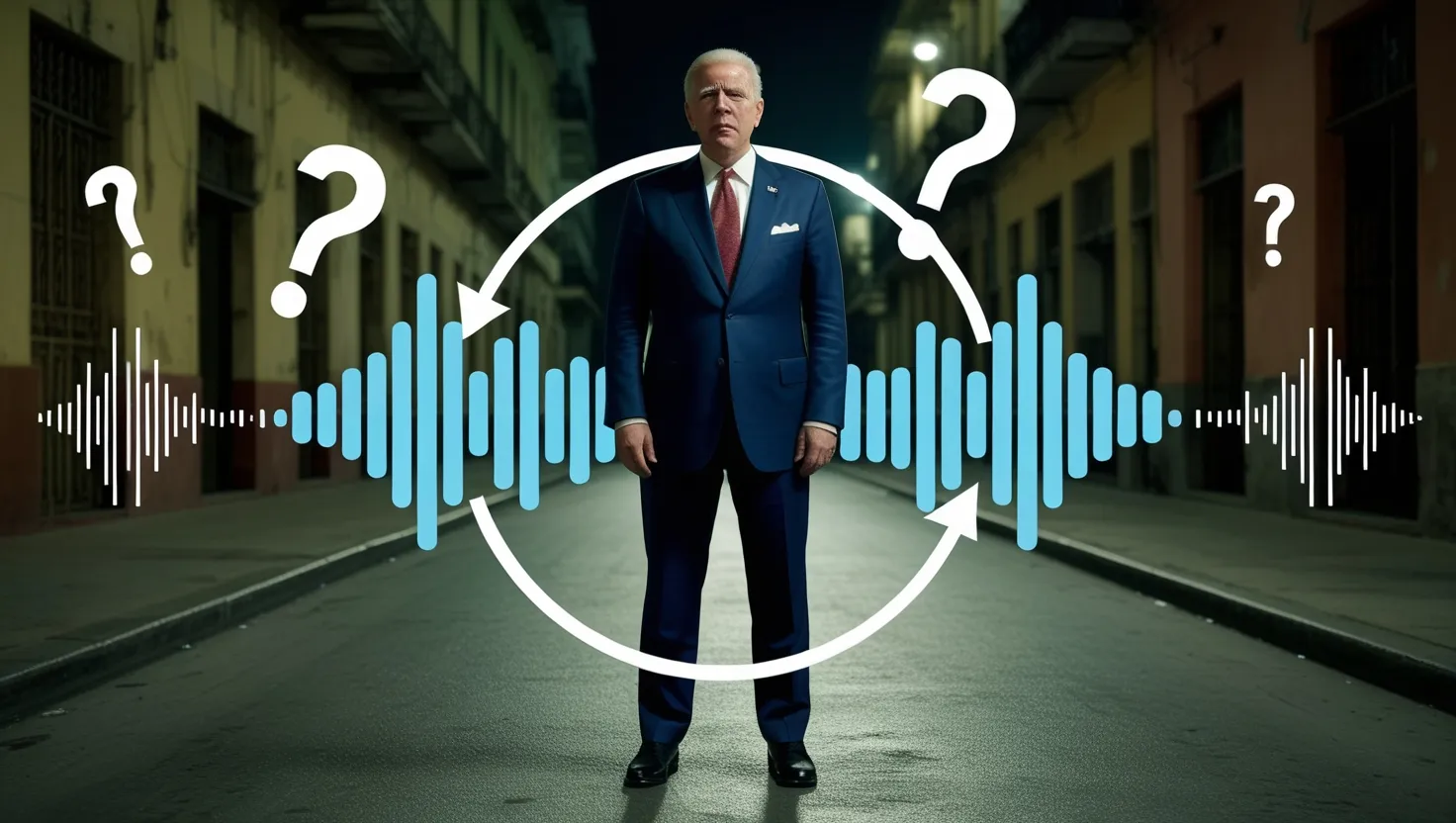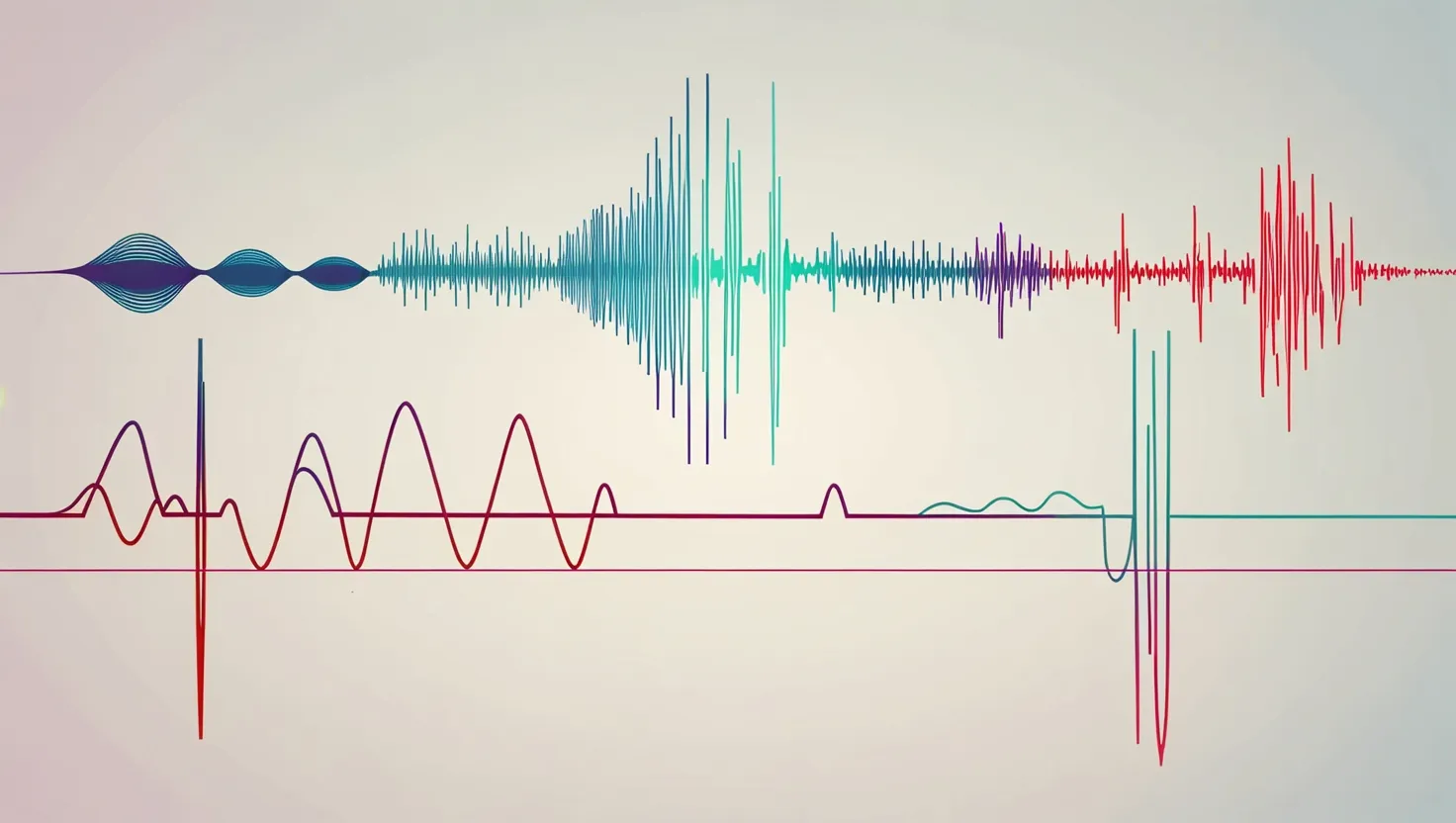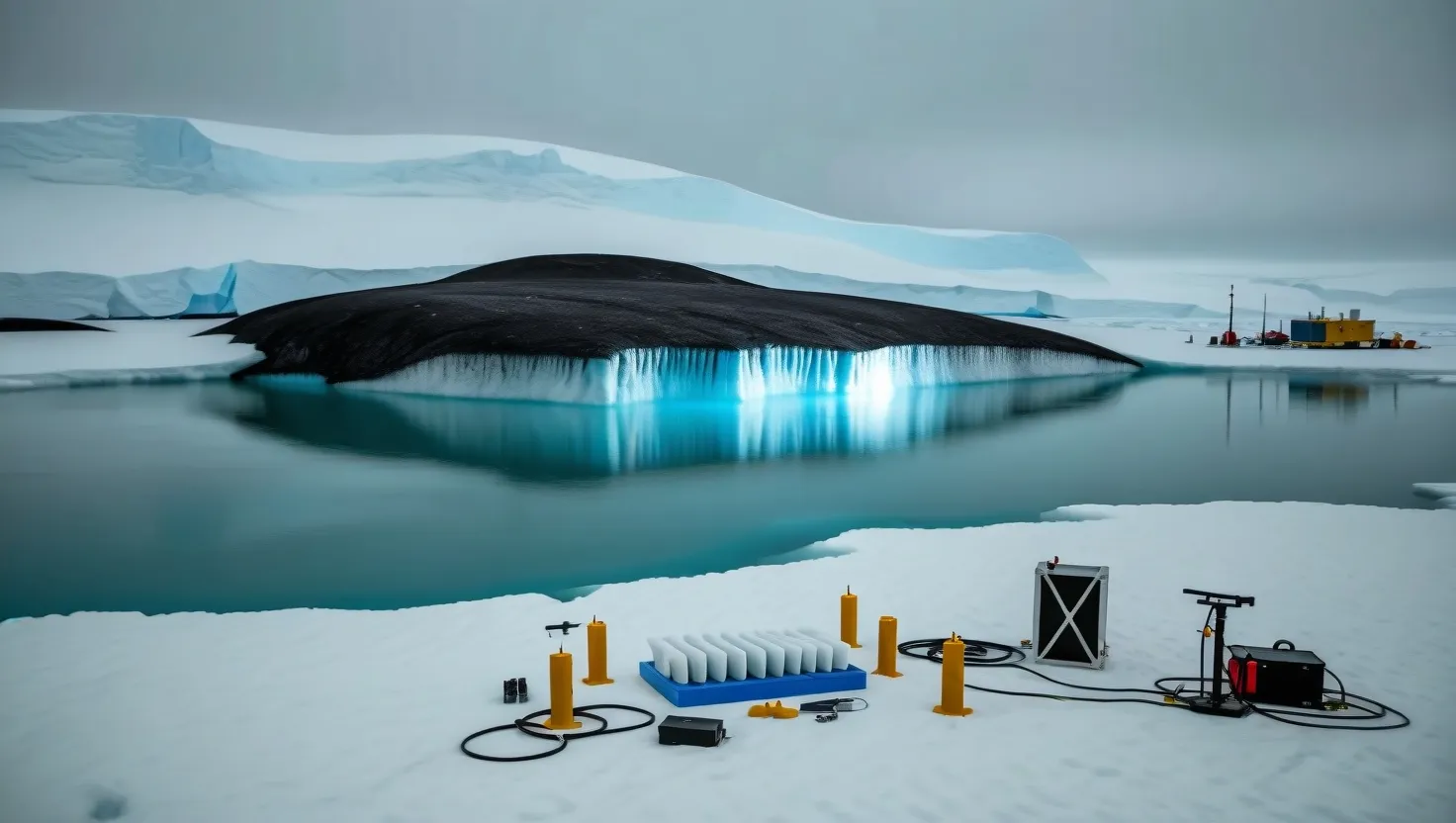The Baltic Sea Floor Anomaly has captivated imaginations since its discovery in 2011. What began as a curious sonar blip has evolved into a scientific puzzle that pushes the boundaries of our understanding. As we delve into this underwater mystery, we find ourselves at the intersection of geology, advanced technology, and perhaps even the unknown.
Picture this: a circular formation, 60 meters in diameter, resting silently on the seafloor. At first glance, it might seem like just another geological oddity. But look closer, and you’ll see something extraordinary. Geometric patterns and right angles that seem to defy natural formation processes. It’s as if someone placed a giant spaceship at the bottom of the Baltic Sea.
But let’s not get ahead of ourselves. The initial excitement surrounding the anomaly was tempered by skepticism from the scientific community. After all, extraordinary claims require extraordinary evidence. And evidence, in this case, has been both tantalizing and frustratingly elusive.
Marine geologists who’ve studied the site report peculiar occurrences. Electronic equipment malfunctions near the object, as if some unseen force is interfering with their instruments. It’s reminiscent of scenes from science fiction, where advanced alien technology disrupts human devices. But this is reality, and these are respected scientists reporting these phenomena.
“The most beautiful thing we can experience is the mysterious. It is the source of all true art and science.” - Albert Einstein
Einstein’s words ring true as we consider the Baltic Sea Anomaly. The mysterious nature of this underwater formation has indeed sparked both artistic imagination and scientific inquiry. But what does science tell us about this enigmatic object?
Recent advancements in quantum detection systems have opened up new avenues of investigation. Specialized quantum sensors deployed at the site have detected patterns that match theoretical models for advanced propulsion technology. It’s as if the anomaly is emitting a quantum signature that our most cutting-edge instruments are only now able to detect.
But what does this mean? Are we dealing with a piece of advanced technology, perhaps left behind by an ancient civilization? Or could it be something even more extraordinary – evidence of extraterrestrial visitation? These questions might seem far-fetched, but they’re being seriously considered by some researchers.
Metal samples recovered from the site have raised eyebrows in the scientific community. The isotope ratios in these samples deviate from what we typically see in natural occurrences. It’s as if the metal has been subjected to processes unknown to current metallurgy. This finding alone has sparked intense debate and speculation.
Independent researchers have documented magnetic anomalies and localized gravitational fluctuations around the object. The surrounding seabed shows signs of exposure to high temperatures, which is puzzling given the cold, deep-sea environment. Nearby crystalline formations exhibit non-random molecular alignment, another characteristic that defies easy explanation.
“The important thing is not to stop questioning. Curiosity has its own reason for existing.” - Albert Einstein
Einstein’s encouragement to keep questioning seems particularly apt when considering the Baltic Sea Anomaly. Every answer we uncover seems to lead to more questions. It’s a scientific treasure hunt, with each clue leading us deeper into the mystery.
Government research vessels conducted classified investigations between 2015 and 2018. While much of this research remains under wraps, declassified fragments mention “quantum decoherence events” and “non-standard particle behavior.” These tantalizing snippets hint at phenomena that push the boundaries of our current scientific understanding.
Several scientific teams have reported instrument failures and data corruption during close examination attempts. It’s as if the anomaly actively resists our efforts to study it. Could this be a defensive mechanism of some kind? Or is it simply a result of some as-yet-unexplained natural phenomenon?
As our quantum detection methods improve, the site continues to provide compelling evidence of artificial origin. Its precise circular shape, right angles, and quantum signatures suggest technological rather than natural formation. But if it is artificial, who created it? And when? And perhaps most importantly, why?
The case of the Baltic Sea Anomaly highlights how advancing sensor technology can reveal new layers of mystery in previously documented phenomena. What was once a curious sonar image has become a complex scientific puzzle, challenging our understanding of geology, physics, and perhaps even our place in the universe.
“The most exciting phrase to hear in science, the one that heralds new discoveries, is not ‘Eureka!’ but ‘That’s funny…‘” - Isaac Asimov
Asimov’s observation feels particularly relevant to the Baltic Sea Anomaly. Each new discovery, each puzzling measurement, each unexplained phenomenon prompts that “That’s funny…” moment. It’s these moments that drive science forward, pushing us to question our assumptions and seek new explanations.
As we continue to study this underwater anomaly, we’re left with more questions than answers. Could it be a natural formation that just happens to exhibit characteristics we associate with artificial structures? Or is it evidence of a technology far beyond our current capabilities?
The Baltic Sea Anomaly challenges us to think beyond our current paradigms. It forces us to consider possibilities that might seem outlandish at first glance. But isn’t that the essence of scientific progress? To consider the impossible, to question the accepted, and to push the boundaries of our understanding?
As we await further investigations and more advanced detection methods, the Baltic Sea Anomaly remains a testament to the mysteries that still lurk in the depths of our oceans. It reminds us that our world still holds secrets, waiting to be discovered. And who knows? Perhaps the key to unlocking this mystery lies not in the depths of the Baltic Sea, but in the quantum realm that we’re only beginning to understand.
What do you think lies at the heart of this underwater enigma? A natural wonder? An ancient artifact? Or something beyond our current comprehension? As we continue to probe and question, we edge closer to the truth. And in doing so, we expand our understanding of the world around us, one mysterious anomaly at a time.






